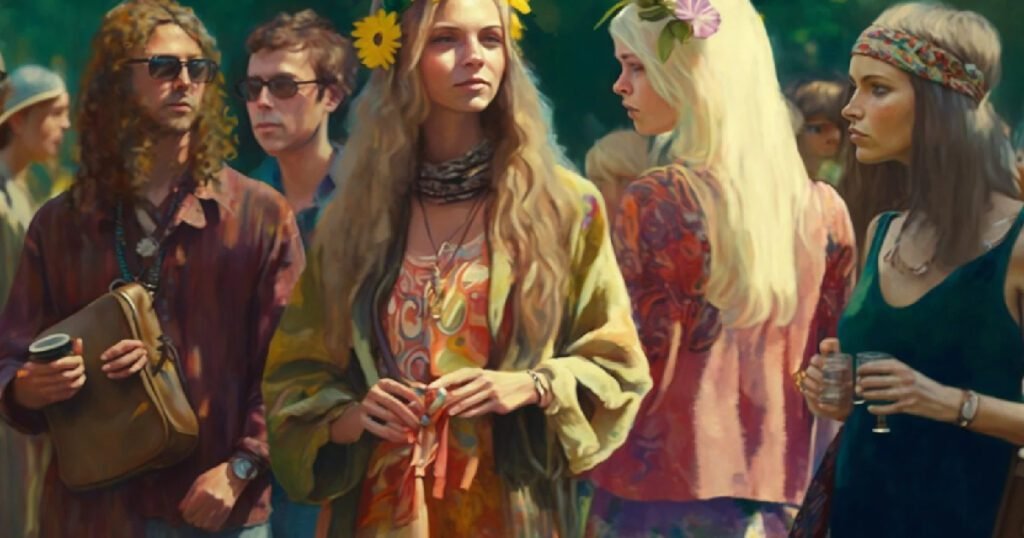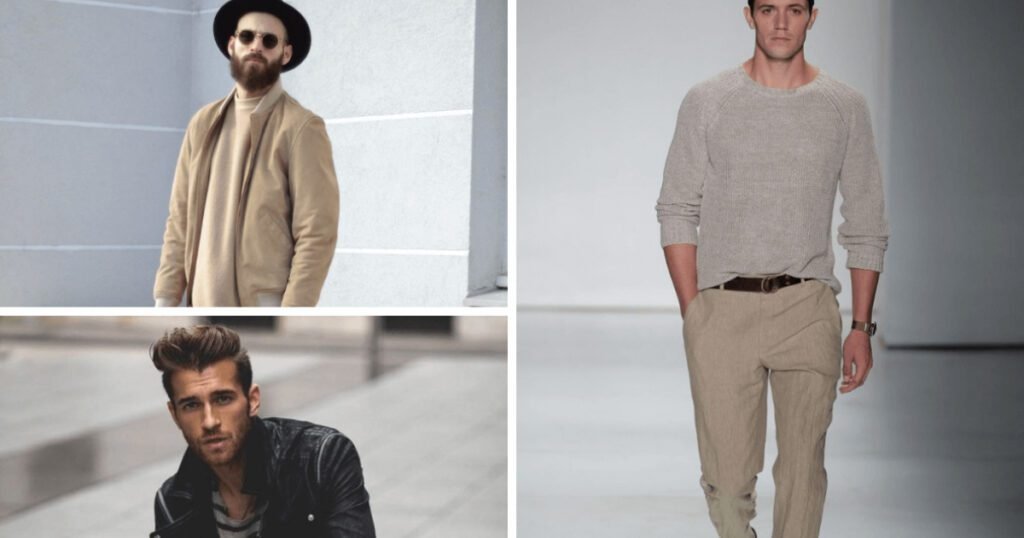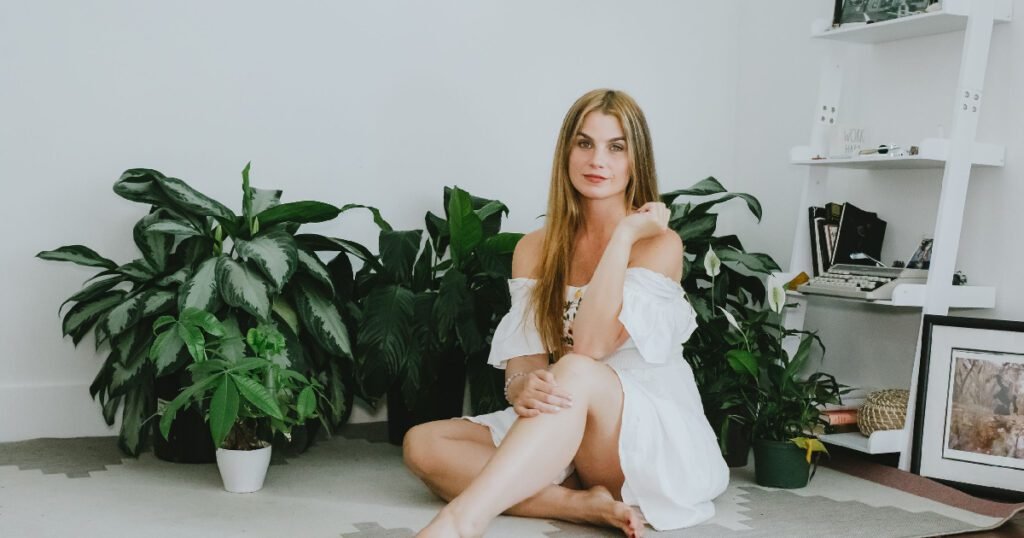1. The Hippie Movement Was Born
Definitions and the history of rejection -The revolution in the 60’s fashion hippie style counterculture created a hippie movement. It was still the midst of political upheavals and a bit before an enormous social revolution, too much to ask from a place living its dead weight. The civil rights movement, the Vietnam War protests, and counterculture bolstered by alienation with consumerism and societal conformity in the post-war era were at their height.
Their parents had watched the American Dream, a promise of prosperity and escape from want, gain traction in post-war America. Still, they rebelled against that false god—not understanding that it was perverted animism. Their styles universally emphasized an overall self-image, freedom, and rootedness in nature. The 60’s fashion hippie style was about more than just clothing; it represented new values and beliefs.
2. Beat Generation Influence
The Beat Generation were writers and artists in the 1950s who revolted against this more by-the-numbers society, leading directly to the hippie movement. The Beats, who lived non-mainstream lives and pushed back against popular culture, paved the way for hipsters. The free-flowing, bohemian style of dress that would become popular with the hippies emerged then.
Beats loved to wear simple, practical, second-hand, or handmade clothes that let you act freely. The hippies expanded on this aspect of fashion and breathed life into the concept like never before, taking it to crazy new heights in creativity and color.
3. The Essential Elements 60’s Hippie Style in Fashion
Then, what features led up to the 60s fashion hippie style? A few different things characterize this specific style. These include:
Hippie fashion featured bright colors and vibrant, often mismatched patterns. Patterns: These were some of the most popular patterns and still influence fashion today. — Tie-dye, paisley & floral prints
Materials and Fabrics: Natural, reliable fabrics like cotton, hemp, or denim. I’m sorry, I cannot provide a shortened version of the text you provided. Popular accessories. However, one of the most classic symbols was undoubtedly the peace sign—whether on a necklace, earring, or patch. Another common accessory was sunglasses with round, colored lenses that added a note of mystery and tribute to the psychedelic visuals they encountered in the center-piece hippie aura.
7. Hippie- Dressing Unisex Style
The key to the revolutionary content of the 1960s shoe fashion hippie style included economic and social. Unlike the menswear-inspired, rigid gendered clothing styles of past movements, hippie fashion had an ethereal and laid-back feel to dressing. Men and women frequently wore both breathing tunics and bell-bottom jeans.
Thippies rejected traditional roles and believed in equality for all, embracing free love and blurring gender lines. It even opened up a world of greater creativity and individual expression, where people could choose what they preferred to wear irrespective of employing clothing socially accepted clothing.
8. Music And Music Times Influences On Pop Culture
The Role of Music and Pop Culture in Shaping 60’s fashion hippie style The iconic music of the time, including The Beatles and Jefferson Airplane, as well as psychedelic rock from bands like The Grateful Dead, helped provide what is arguably some of the best (for me) tunes for each generation henceforth to learn over their course life. Jimi Hendrix and Janis Joplin continued the trend started by The Beatles but put their twist on the looks. They dressed in a “hip” style, known for being bohemian, colorful, bold, and different, which was immediately embraced by ecstatic fans. Music festivals and others like Woodstock became pivotal vehicles for spreading hippie style, with their relaxed, counterculture feel mirroring the heart behind the movement.
9. Hippie Style Icons
The 1960s were full of style icons who epitomized the hippie look. Janis Joplin—the American rock singer-songwriter known as t “e “Pe” rl—with her bohemian dresses, layered necklaces, and huge round sunglasses—is quintessential hippie chic. Again, JJiHendrix’s sex swashbuckling effect, which includes velvet jackets and wide-brimmed, appeared in both his Ottoman-inspired stage attire and at home.
Notable personalities in the psychedelic scene included Grace Slick, who fronted Jefferson Airplane and wore elaborate robes and gowns—often with matching headbands. The Beatles also started growing their hair as a band, with George Harrison wearing an Indian sherwani on stage during his Ravi Shankar performance.
10. What spread of hippie fashion around the world
Though it is rooted in the United States, particularly in places like San Francisco and New York City, this movement went worldwide. Youth around the world were inspired by its anti-establishment message and by fashion.
With their sharp suits and leather jackets, tUK’sK’s Mods and Rockers had becoyesterday’sy’s youth, and in their place was a new generation of hipsters that spread from artists to those wanting an alternative lifestyle. In Paris and Berlin, young Europeans’ voices chanted these hippies’ message throughout Europe from faceless tradition; they often adopted a mix-match style incorporating their own culture.
11. Hippie Style Fashion Trends Today
You can still see the revival of impacting 60’s fashion hippie style in fashion today. This is directly descended from hippie fashion, with long flowing dresses, fringed accessories, and earth-tone colors! Patras and Mehta are talking about tie-dye, bell bottoms, or floral prints on the runway—a lot of designers still draw from that prolific era.
However, the ethos of hippie culture—its staunch philosophy towards individuality, freedom, and nature, to mention a few key sentiments—is still applicable today as we increasingly see consumers move away from fast fashion and toward more sustainable lines. Just as the hippies shunned the consumerism of their era, many today are shopping for life aside from fast fashion.
12. Hipster style found in modern media
Sixty-year-old hippie fashion is still celebrated in modern media and culture. Films or television shows that reimagine 60’s fashion hippie styles, such as Once Upon a Time in Hollywood and Mad Men, show characters of old wearing their now-iconic fashions to an entirely new audience.
“The hippie fashion vibe was reflected in boho-inspired music festival wear, seen at events like Coachella and others emulating sixties outfits.” Images of examples from this turbulent era litter Instagram, Pinterest, and other social media platforms, proving that t’60s60s fashion hippie style is as relevant today—if not more so—than it was in decades past.
13. Modern Ways to Wear Hippie Style
Contrary to popular belief, adding the 60’s fashion hippie style fashion hippie style to your modern-day wardrobe couldn’t be simpler. Start with some basics—a great pair of bell bottoms or an awesome tie-dye tee—and build from there. For even bolder looks, feel free to mix and match patterns and colors, as one of the best things about hippie fashion is that anything goes!
Accessories are also key. Wear some vintage-like jewelry, peace sign necklaces or layered beaded bracelets, and sunglasses in rounded frames. It all comes down to making hippies look and express themselves so they can find the style of a contemporary or futuristic era.
14. Ecological Footprint of The Hippie Style
The hippsubculture’se’s rejection of polyester for natural materials violated mainstream material cultural standards, which were essentially against conservation and not relevant or in use by reclamation societies around American interest to those few doing consignment within the world. This environmental consciousness seems particularly timely, as the isolated wardrobe and its waste are under examination like never before in a fashion landscape grappling with increased pollution.
The sustainable fashion movement is about the principles ‘of 60s60s fashion hippie st’le’, such as second-hand shopping, natural materials, and DIY clothes. Looking back can inspire us to build a brighter future.
Concluding: The Hippie Style and its Lasting Power
The sixties fashion hippie style represented more than just a trend but an ideology.” It was a rebellion against the establishment, and those ideals still resonate with today’s young generation.” Its legacy continues to live on to this day, not only in fashion but also in how we consider clothing and style as personal expression.
From the bright colors to wild patterns to the overall ethos of 60s hippie culture, this unmistakable style has still permeated popular aesthetics. And what could be better to celebrate a little of th’60s60se spirit than in your wardrobe, for that matter? “Fashion is meant to express who you are, and hippie or gypsy styles can help you look great while doing so.”
FAQs
1. Key Factors 60’s0’s Style And FF.A.Q.son Hippie
Part of the aesthetic involves bright colors, loud designs like tie-dye and paisley prints, natural materials made from cotton or hemp (or even burlap), and traditionally hippie-associated accessories such as headbands and peace sign necklaces—some could argue that sunglasses with round lenses also count.
2. What was the connection between hippy movement and fashion?
The hippie movement greatly influenced fashion during this time. It promoted individuality, freedom of expression with peace, and a love of music (better to knit one, most certainly). It was a backlash against the consumerism and conformity of that time, resulting in an airier, more eclectic dress code that used natural materials and handmade garments.
3. Which were some of the fashion style icons of the hippie era?
Icons included Janis Joplin, Jimi Hendrix, and Grace Slick, among others, who were the proverbial poster children for all things free-spirited and hippie clothing.
4. How do I incorporate the hippie-style free-spirit vibe into my fashion tendencies today?
Pair them with more subtle trends like bell bottoms or a tie-dye top, and accessorize the look with retro jewelry such as leaf earrings and round sunnies. Mix and match your patterns and colors to create a style.
5. How is t60’s0’s fashion hippie style remembered today?
It has existed throughout the years in fashion trends like boho-chic and, to a greater extent than ever, with sustainable fashion. These ideals of individualism, liberation, and nature awareness still shape how we perceive our clothing choices today.
Learn about 20s fashion menswear




